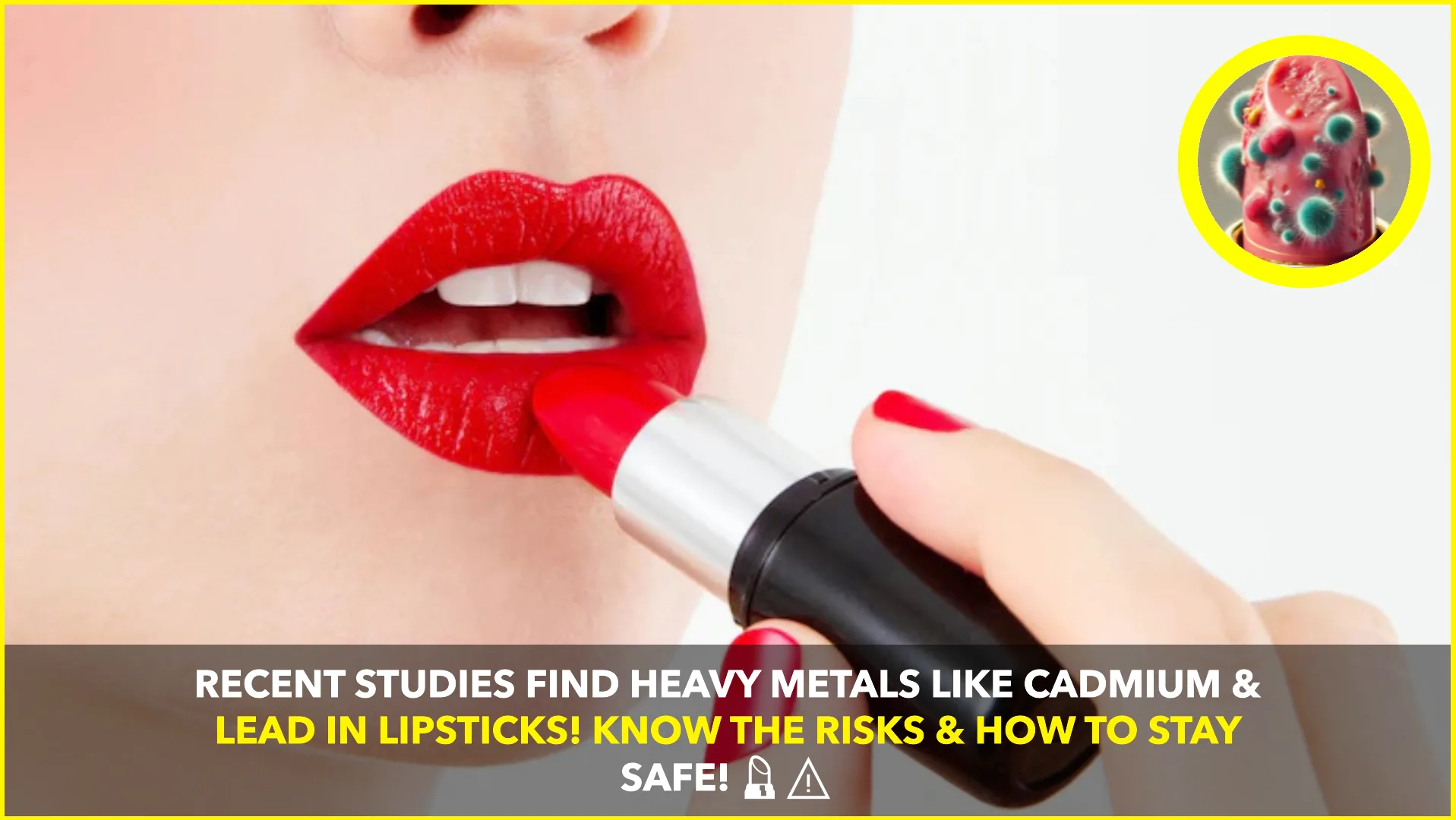Recent studies have raised concerns about the presence of heavy metals, including cadmium, in various lipsticks. Cadmium is a known carcinogen associated with lung cancer and kidney damage when inhaled or ingested in significant amounts.
A study conducted by researchers at the University of California, Berkeley, analyzed 32 popular lipsticks and lip glosses available in drug and department stores. The findings revealed detectable levels of lead, cadmium, chromium, aluminum, and five other metals in these products. Notably, lead—a neurotoxin—was found in 75% of the tested products, with some containing concentrations exceeding the U.S. Food and Drug Administration’s (FDA) acceptable limit for candy frequently consumed by children. Chromium, a known human carcinogen linked to lung cancer and stomach tumors, was present in amounts surpassing acceptable daily intake levels in certain products. Cadmium was also detected, posing potential risks of kidney damage and other health issues with chronic exposure.
Another study focusing on lipsticks sold in Ghana examined 12 samples for metals such as chromium, manganese, nickel, copper, cadmium, and lead. The results showed that several samples contained heavy metal concentrations exceeding acceptable limits set by regulatory bodies like the FDA and Health Canada. For instance, cadmium levels in most samples surpassed the FDA’s acceptable limit of 3 mg/kg, posing risks of kidney damage. Lead concentrations in some samples approached or exceeded the FDA’s limit of 10 mg/kg, indicating potential neurotoxic effects. The study emphasized the need for stricter regulation and increased consumer awareness regarding the potential dangers posed by heavy metals in cosmetics. PubMed+1PubMed Central+1PubMed Central+1PubMed+1
The FDA has conducted its own assessments of lead levels in lipsticks and other cosmetics. Their surveys found that more than 99% of the cosmetics tested contained less than 10 parts per million (ppm) of lead. Based on these findings, the FDA concluded that up to 10 ppm lead in cosmetic lip products and externally applied cosmetics would not pose a health risk. However, they continue to monitor and regulate heavy metal content in cosmetics to ensure public safety. FDA
While the concentrations of heavy metals found in lipsticks are generally low, and the overall health risk from typical lipstick use is considered minimal, it is prudent to take precautions to minimize potential exposure. Here are some recommendations:
- Limit Frequency of Use: Reduce the number of times you apply lipstick daily to decrease cumulative exposure.
- Choose Trusted Brands: Opt for lipsticks from reputable manufacturers that adhere to safety standards and conduct regular testing for heavy metal content.
- Check Ingredients: Look for products that have been tested for heavy metals and are certified safe. While heavy metals are considered contaminants and may not be listed as ingredients, some brands provide information about their testing and safety standards.Prevention
- Stay Informed: Keep abreast of studies and reports on cosmetic safety to make informed choices about the products you use.
By being mindful of product choices and usage habits, individuals can mitigate potential risks associated with heavy metal exposure from lipsticks. Continued research and stricter regulations are essential to ensure the safety of cosmetic products and protect public health.










